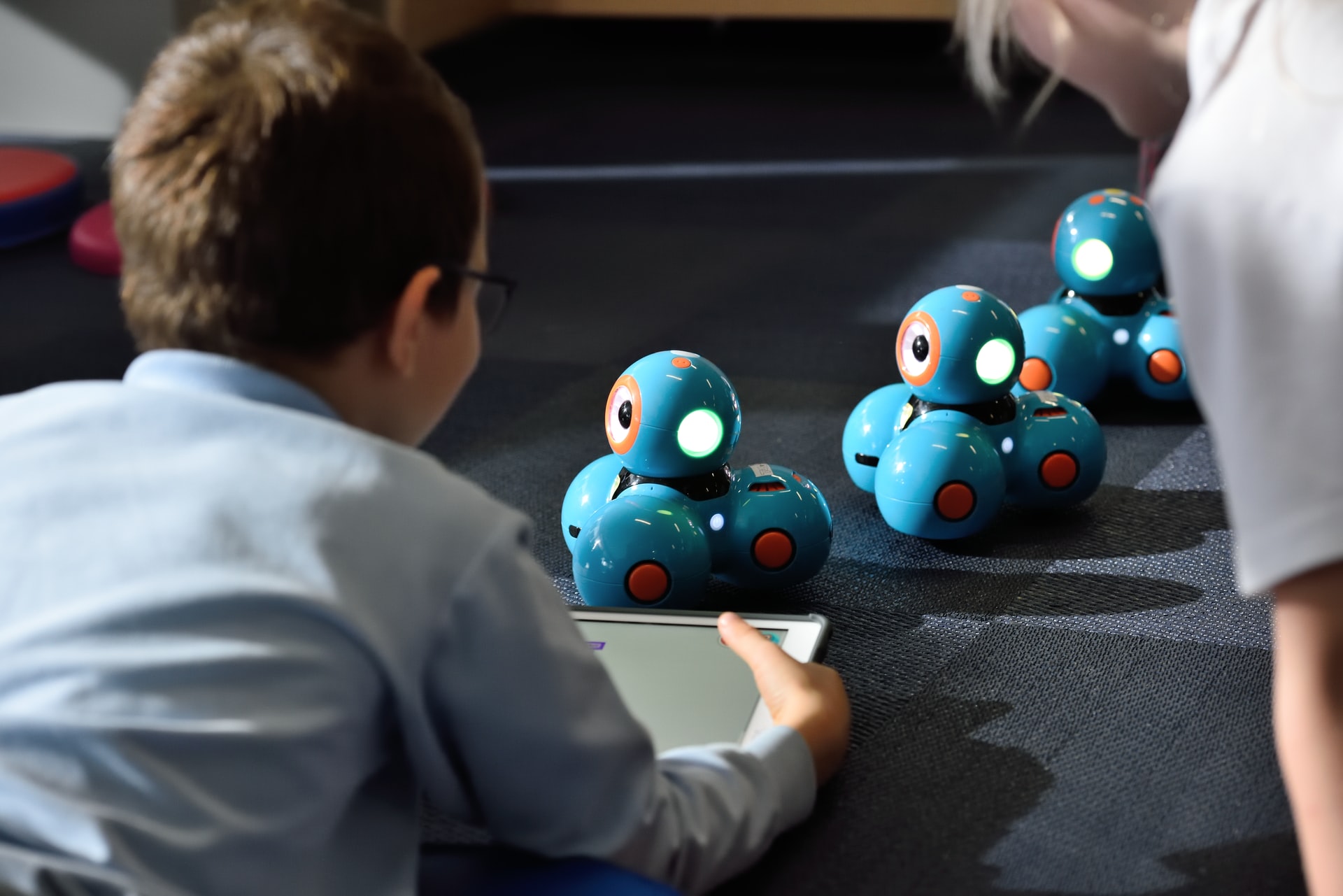How Hidden Classroom Dynamics Can Stymie Girls in STEM
By Youki Terada
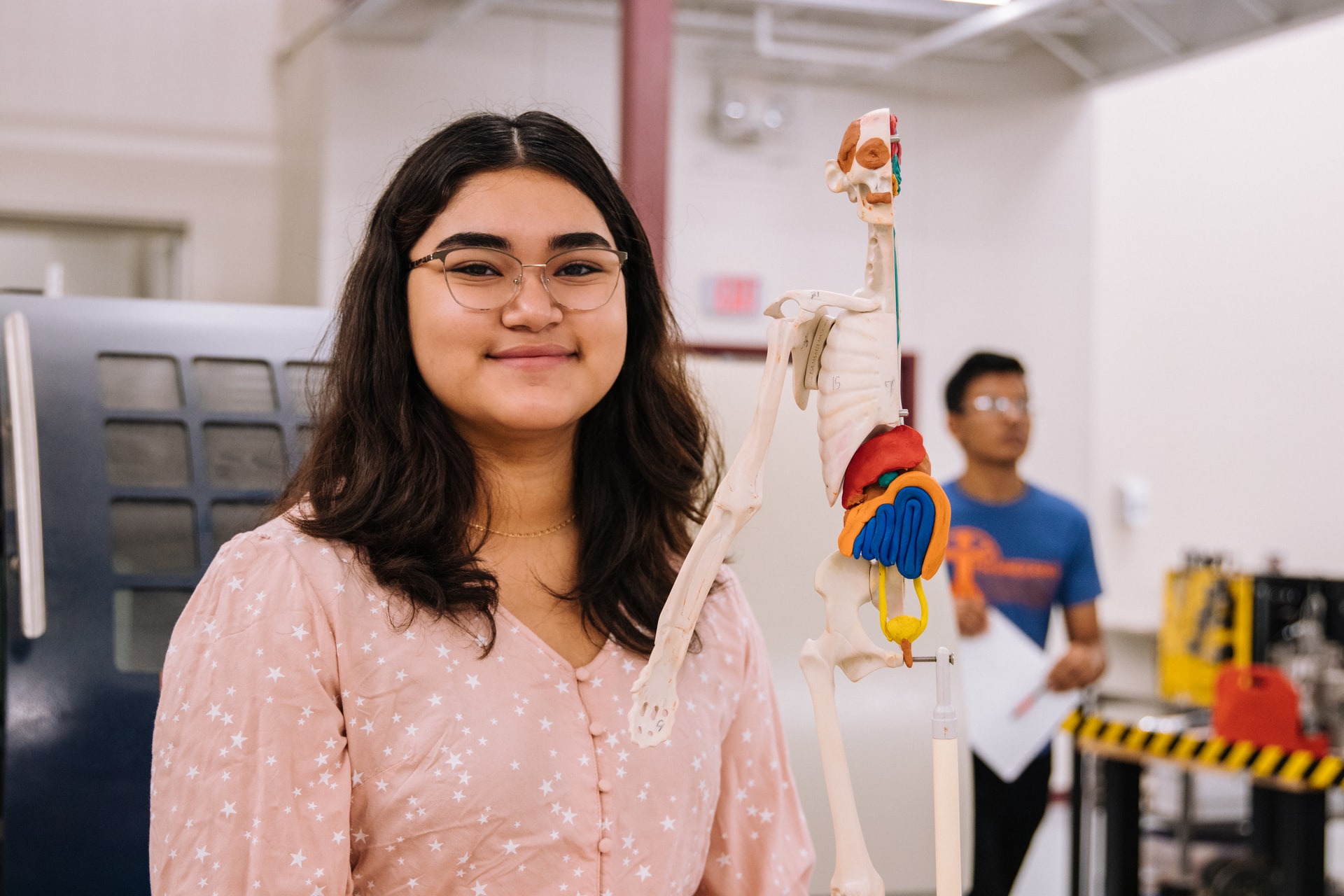 Photo by Jeswin Thomas on Unsplash
Photo by Jeswin Thomas on Unsplash
If we want to close the gender gap in science, we need to look at the invisible forces that shape classroom culture.
- 0 Comments
- May 19, 2021 10:00:00 AM
- Posted by Natalia Galvis
- Topics: Math, EdTech, STEM, Curriculum, Problem Based Learning (PBL), teachers, Drones, students, Technology, PBL, Edchat, Gendergap, Digital Technology, Augmented Reality, teaching, online, virtual learning, lessons
6 Ways to Introduce Students to App Development
By Devin Partida
Learning how to code your own apps can prepare you for a future career in software development. It also teaches students a lot about mathematics, logic, and the technology they encounter on a daily basis.
This is why a growing number of STEM educators are finding ways to teach students of all ages more about coding and computer science.
However, introducing STEM students to the basics of app development can be a daunting task — especially when students have little or no experience with computer science and mathematics.
Educators have developed these six techniques and projects as ways to introduce students to app and software development.
- 0 Comments
- May 17, 2021 10:00:00 AM
- Posted by Natalia Galvis
- Topics: Math, EdTech, STEM, Curriculum, Problem Based Learning (PBL), teachers, Drones, students, Technology, PBL, Edchat, Gendergap, Digital Technology, Augmented Reality, teaching, online, virtual learning, lessons
5 great things the pandemic revealed about schools
By Erin Werra
 Photo by Mustafa Omar on Unsplash
Photo by Mustafa Omar on Unsplash
After a rollercoaster year, schools are slowly reopening—and keeping with them some of the surprising positives that emerged from COVID.
- 0 Comments
- May 13, 2021 10:00:00 AM
- Posted by Natalia Galvis
- Topics: Math, EdTech, STEM, Curriculum, Problem Based Learning (PBL), teachers, Drones, students, Technology, PBL, Edchat, Gendergap, Digital Technology, Augmented Reality, teaching, online, virtual learning, lessons
Teaching a Love of STEM to Disabled and Neurodivergent Students
By Dan Matthews
 Image Source: Pexels
Image Source: Pexels
We live in an increasingly technologically enhanced society. As a result, science, technology, engineering, and math (STEM) subjects have become priorities in schools. However, it remains too often the case that these subjects are taught in public schools from a neurotypical perspective.
Many parents, teachers, and communities have found that school system administrators are not providing the flexibility, guidance, educational technology, and support for students experiencing disabilities or neurodivergent traits to thrive in STEM. This is not only frustrating and ethically unsound but can present significant hurdles to students who could discover a deep passion for these fields and become innovative contributors.
Let’s take a closer look at how educators can better imbue their neurodivergent and disabled students with a love of STEM.
- 0 Comments
- May 12, 2021 10:00:00 AM
- Posted by Natalia Galvis
- Topics: Math, EdTech, STEM, Curriculum, Problem Based Learning (PBL), teachers, Drones, students, Technology, PBL, Edchat, Gendergap, Digital Technology, Augmented Reality, teaching, online, virtual learning, lessons
How Online Learning can Improve Your Teaching
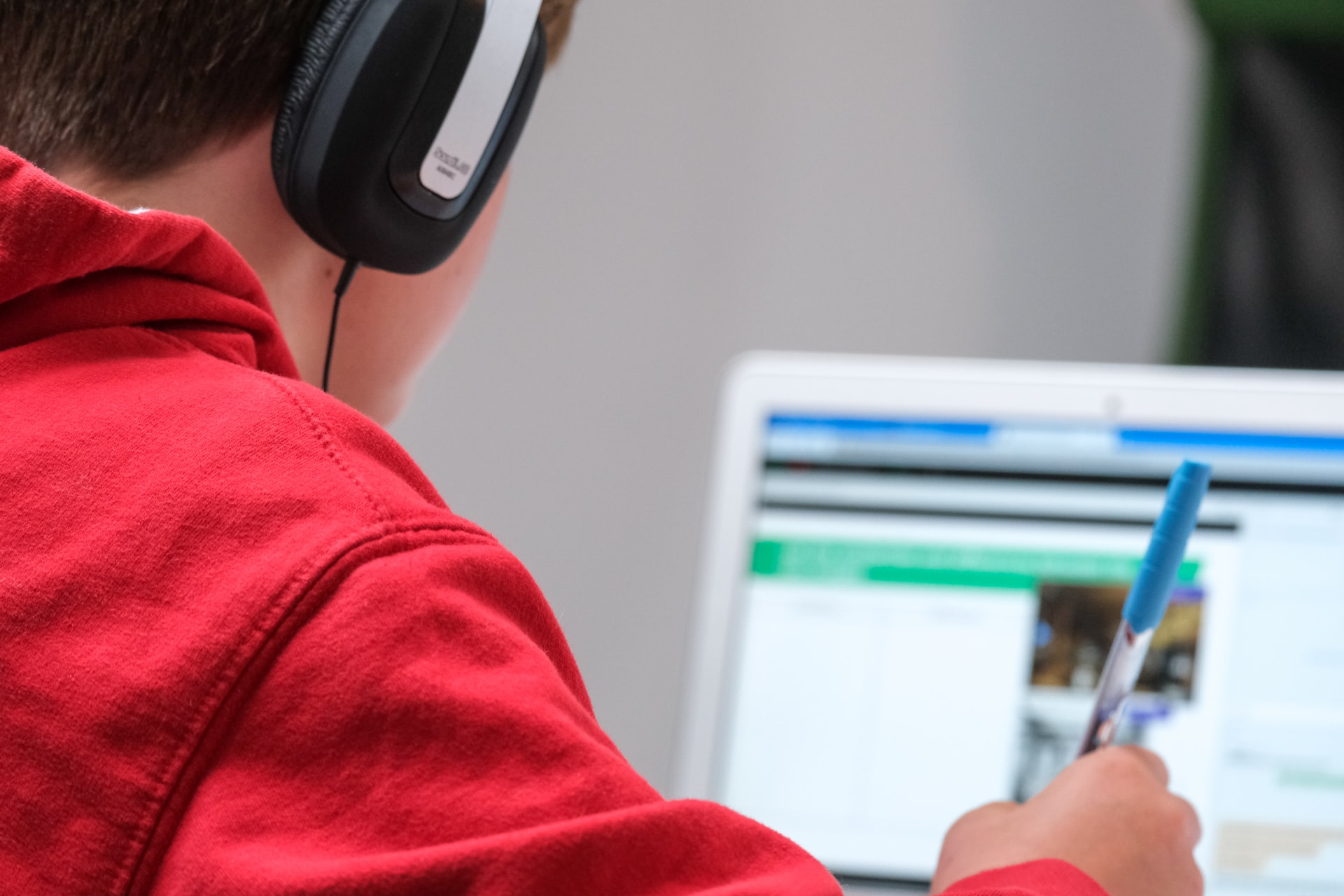 Photo by Compare Fibre on Unsplash
Photo by Compare Fibre on Unsplash
- 0 Comments
- May 11, 2021 10:00:00 AM
- Posted by Natalia Galvis
- Topics: Math, EdTech, STEM, Curriculum, Problem Based Learning (PBL), teachers, Drones, students, Technology, PBL, Edchat, Gendergap, Digital Technology, Augmented Reality, teaching, online, virtual learning, lessons
The Power of STEM and Its Influence on Remote Learning
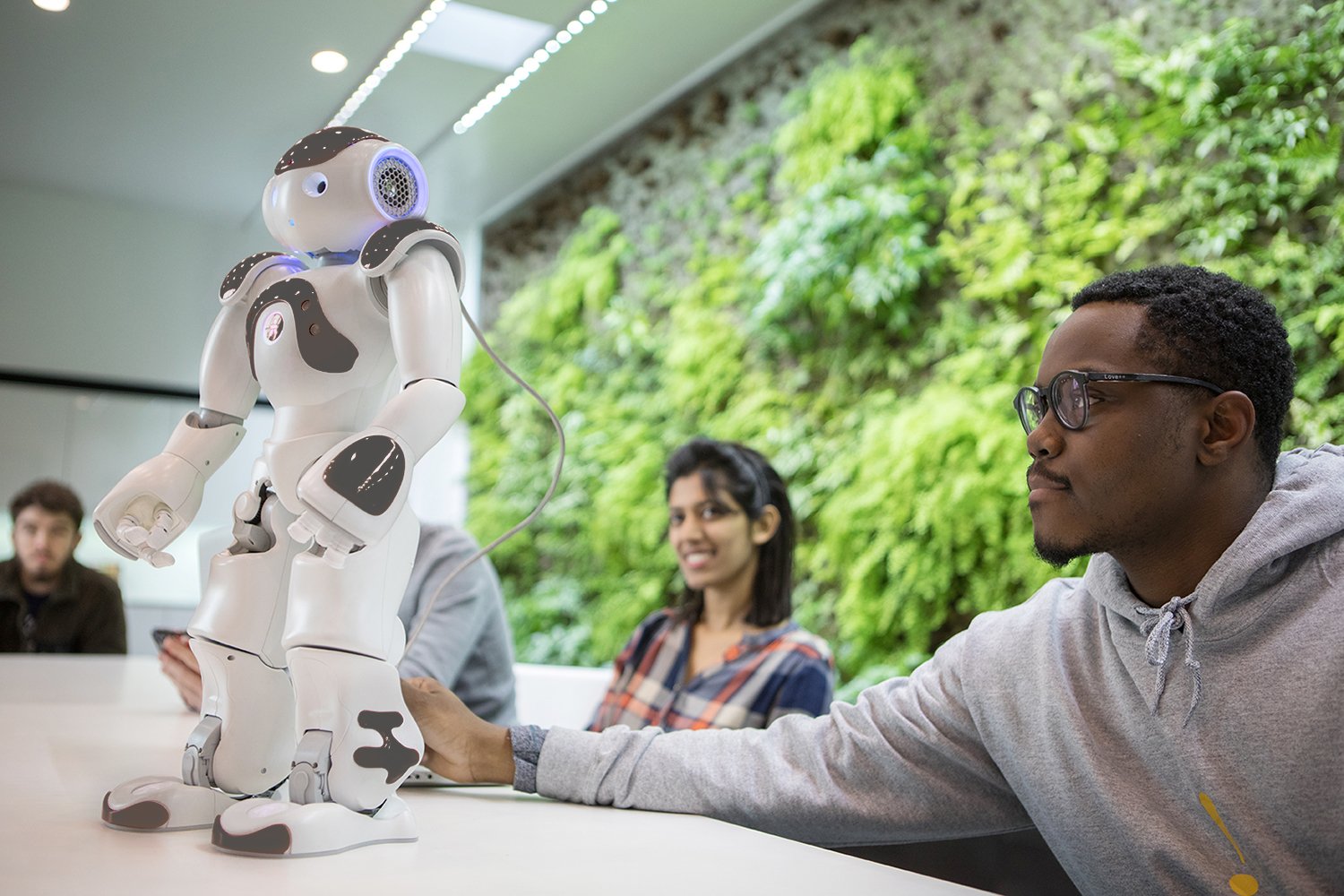
STEM has become one of the most used buzzwords in the K-12 education space. On the highest level, STEM stands for Science, Technology, Engineering, and Mathematics and refers to a curriculum where these four focuses are applied to all facets of a district or school’s curriculum.
- 0 Comments
- May 7, 2021 10:00:00 AM
- Posted by Natalia Galvis
- Topics: Math, EdTech, STEM, Curriculum, Problem Based Learning (PBL), teachers, Drones, students, Technology, PBL, Edchat, Gendergap, Digital Technology, Augmented Reality, teaching, online, virtual learning, lessons
Why AI is the future of Socratic learning methods
 Photo by Possessed Photography on Unsplash
Photo by Possessed Photography on Unsplash
AI plays a unique role in helping to facilitate engaging learning methods that teach students through experience and critical thinking.
- 0 Comments
- May 6, 2021 10:00:00 AM
- Posted by Natalia Galvis
- Topics: Math, EdTech, STEM, Curriculum, Problem Based Learning (PBL), teachers, Drones, students, Technology, PBL, Edchat, Gendergap, Digital Technology, Augmented Reality, teaching, online, virtual learning, lessons
Teaching Empathy through technology
 Photo by Glenn Carstens-Peters on Unsplash
Photo by Glenn Carstens-Peters on Unsplash
Empathy is a key element of Emotional Intelligence. Emotionally Intelligent people are able to manage and control their own emotions. Besides that, empathetic people pay attention not only to what they are feeling but also they can perceive someone’s thoughts and feelings.
Nowadays, empathy is one of the most important soft skills in the workplace and everyday life. An empathetic leadership style can have a positive impact on productivity, performance, and collaboration.
- 0 Comments
- May 5, 2021 10:00:00 AM
- Posted by Natalia Galvis
- Topics: Math, EdTech, STEM, Curriculum, Problem Based Learning (PBL), teachers, Drones, students, Technology, PBL, Edchat, Gendergap, Digital Technology, Augmented Reality, teaching, online, virtual learning, lessons
10 Benefits Of Project-Based Learning
By Tina Shaffer
Project-based learning (PBL) is a powerful teaching method that has extensive benefits for students, ranging from critical thinking to project management to self-confidence. According to research conducted by The Autodesk Foundation, studies have shown that project-based learning is linked to significant improvements in student test scores, attendance, and classroom engagement. It also gives teachers the opportunity to build stronger relationships with their students by acting as their hands-on learning facilitator. In essence, PBL is an instructional method where students collaborate with others and “learn by doing.” The same skills learned through PBL are also many of the skills sought by employers.
- 0 Comments
- May 4, 2021 10:00:00 AM
- Posted by Natalia Galvis
- Topics: Math, EdTech, STEM, Curriculum, Problem Based Learning (PBL), teachers, Drones, students, Technology, PBL, Edchat, Gendergap, Digital Technology, Augmented Reality, teaching, online, virtual learning, lessons
10 Ways Drones Are Being Used In The Classroom
By Jess Brown
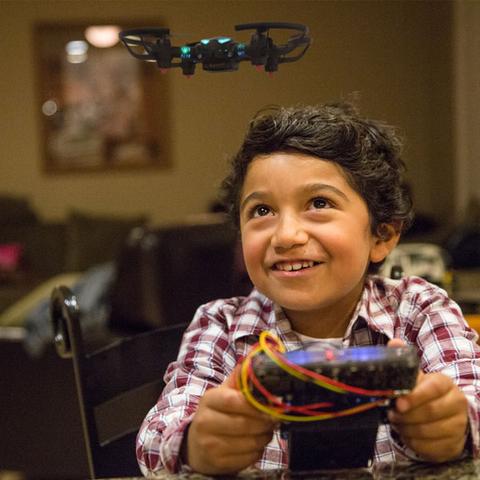
A new report from Samsung’s Alternative Careers Guide, released last week, found that 16-to-18-year-olds are no longer interested in traditional jobs such as becoming an accountant, teacher, or lawyer, but were more interested in digital roles – with a drone operator being amongst the top ten most popular dream careers. This may be due to the fact that over the last year it has become increasingly common for teachers to utilize interactive learning tools such as drones within the classroom.
By welcoming drones into the classroom, teachers have a new way of making learning more fun and interactive for children, whilst also providing them with the opportunity to learn about technology that they may wish to base their future career on. Below we have listed 10 ways drones are being utilized by teachers across the world.
- 0 Comments
- May 3, 2021 10:00:00 AM
- Posted by Natalia Galvis
- Topics: Math, EdTech, STEM, Curriculum, teachers, Drones, students, Technology, Edchat, Gendergap, Digital Technology, Augmented Reality, teaching, online, virtual learning, lessons
Relevant Posts
Popular Posts
Subscribe to Email Updates
-
I Want To Learn MoreADDITIONAL INFORMATION



